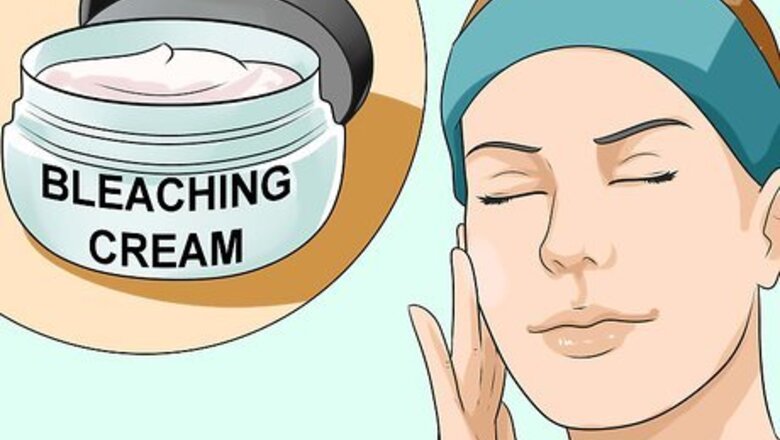
views
Using Proven Products and Treatments
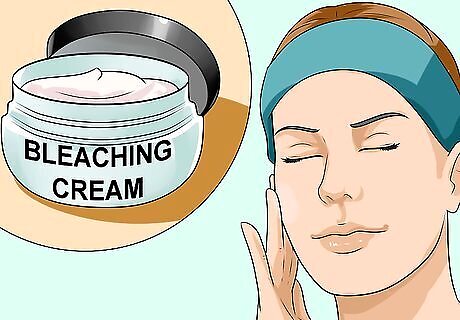
Try a skin-lightening cream. There is an abundance of skin-lightening creams available over-the-counter. They all work by reducing melanin (the pigment which causes tanning and sun spots) in the skin. Look for products containing effective skin-lightening ingredients such as kojic acid, glycolic acid, alpha hydroxy acids, vitamin C or arbutin. These products tend to be pretty safe to use, but be sure to follow the directions on the packaging and to stop immediately if your skin has a bad reaction. Never use a skin-lightening cream that contains mercury as the active ingredient. Mercury-based skin creams are banned in the US but are still available in other parts of the world.
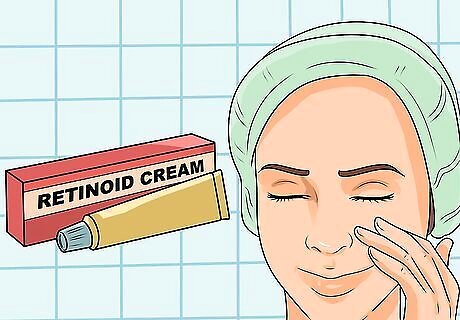
Use retinoids. Retinoid creams are made from an acidic form of Vitamin A and can effectively lighten skin by exfoliating the skin and speeding up cell turnover. Not only do retinoid creams lighten skin and clear discoloration, but they are also highly effective at smoothing out fine lines and wrinkles, plumping up the skin, and making it look brighter and younger. In higher concentrations, it can also help to clear acne. Retinoid creams can cause dryness, redness, and flakiness at first, but these symptoms should subside once your skin gets used to the product. Retinoids also make your skin more sensitive to sunlight, so you should only apply them at night and be sure to wear sunscreen during the day. Retinoids are only available with a prescription, so you should make an appointment with your dermatologist if you are interested in pursuing this treatment. However, a less potent version of retinoid cream, known as retinol, is available in many over-the-counter beauty products.

Get a chemical peel. Chemical peels can be very effective at lightening the skin. They work by burning away the top layers of skin which are highly pigmented or discolored, revealing the fresher, lighter-colored skin underneath. With a chemical peel, an acidic substance (such as alpha hydroxy acid) is applied to the skin and left to sit for 5 to 10 minutes. The peel may cause a tingling, stinging or burning sensation on the skin can often leave it looking red or swollen for a couple of days afterwards. A series of chemical peels (done 2 to 4 weeks apart) is usually recommended. During this time it is important to avoid the sun and to be vigilant about wearing sunscreen, as your skin is extra sensitive.
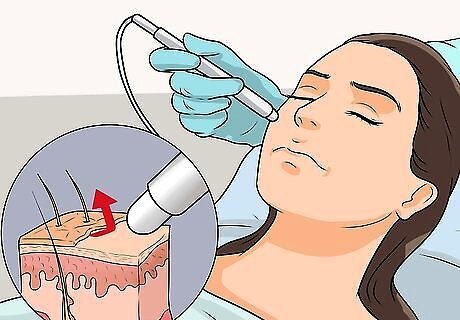
Try microdermabrasion. Microdermabrasion is a good alternative option for people whose skin is sensitive to acid peels and creams. It essentially exfoliates or "polishes" the skin, removing dull, darker layers and leaving skin brighter and fresher. During the treatment, a small closed vacuum with a rotating diamond tip is applied to the face. Dead skin cells are removed and sucked into the vacuum. The treatment usually takes somewhere between 15 and 20 minutes, although 6 to 12 treatments may be necessary to achieve noticeable results. Some people may experience a little redness or dryness after the treatment but, in general, microdermabrasion has fewer side effects than other treatments.
Caring for Your Skin Daily

Wear sunscreen everyday. Sun exposure can wreak all sorts of havoc on your complexion, from freckles and brown spots to serious sunburns and skin cancer. If you want lighter skin, you have to care for it properly, using a sunscreen with a high Sun Protection Factor (SPF) rating. When you expose your skin to UVA and UVB light, your body produces melanin which makes your skin appear darker. Therefore, the number one most important thing you can do to lighten your skin is to wear sunscreen every day you'll be outdoors, even when it's not super-hot or sunny. You can also protect your skin by wearing light, long-sleeved clothing and by wearing a hat and sunglasses when you're in the sun for long periods of time.

Cleanse and moisturize your skin daily. Taking good care of your skin involves following a strict skincare routine where skin is properly cleansed, exfoliated and moisturized. Thoroughly cleanse your face twice a day, once in the morning and once at night. This removes dirt and oil, which is important for a healthy, clear complexion. Moisturize with a product suited to your skin type. If you have oily or blemish prone skin, you should go for light lotions, while people with very dry skin should go for heavier creams.
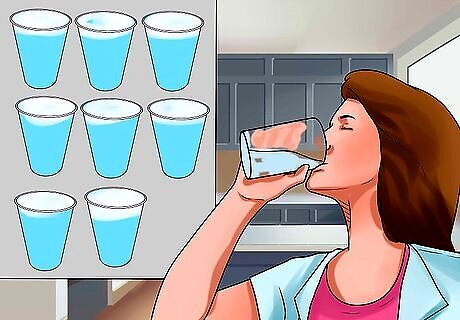
Drink more water and follow a healthy diet. Drinking water and eating right won't magically make your skin lighter, but it will help skin to rejuvenate itself. When skin rejuvenates, the old, pigmented layers fade away and fresh, new skin is revealed, leaving your skin looking brighter and healthier. Drinking more water speeds up this process, so you try to drink between six and eight glasses a day. A good diet also helps to keep your skin looking fresh and healthy by providing it with the vitamins and nutrients it needs. Try to eat as much fresh fruit and vegetables as possible (especially those high in vitamins A, C and E) and stay away from processed foods. You should also consider taking a vitamin supplement containing ingredients such as Grapeseed Extract (which provides antioxidant benefits) and Flaxseed or Fish oil, both of which contain Omega-3 and are excellent for hair, skin and nails.

Quit smoking. Everyone knows that smoking is bad for your health, but not everyone is aware of the damage it can do to your skin. Smoking contributes to premature aging, causing fine lines and wrinkles. It also prevents blood flow to the face, causing it to become ashen or grey-looking.
Using Unverified Home Remedies

Try lemon juice. The citric acid in lemon juice is a natural bleaching agent which could possibly be used help to lighten the skin, if used carefully. It's critically important to avoid going out in the sun with citrus juice on your skin, however, which can cause a painful reaction called "phytophotodermatitis."< Squeeze the juice from half a lemon and dilute it to half strength with water. Dip a cotton ball in the liquid and apply the lemon juice to your face, or wherever you wish to lighten the skin. Leave the lemon juice to sit on the skin for 15 to 20 minutes. Do not go outside during this time, as the juice makes your skin hyper-sensitive to sunlight. Thoroughly rinse your skin when you're done, then apply a good moisturizer as lemon juice can be very drying. Repeat this treatment 2 to 3 times a week (no more) for best results.
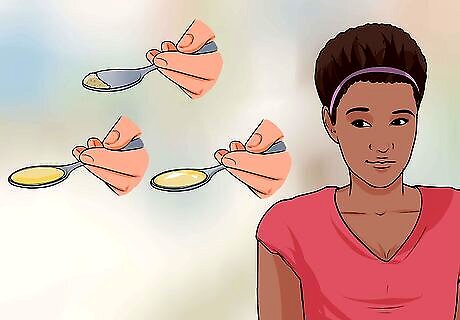
Try turmeric. Turmeric is an Indian spice which has been used in skin lightening treatments for thousands of years. While the effects haven't been studied, turmeric is believed to inhibit melanin production, thereby preventing the skin from becoming tanned. Mix turmeric with some olive oil and chickpea flour to form a paste. Apply the paste to the skin using gentle circular motions. This will help to exfoliate the skin. Leave the turmeric paste to sit on the skin for 15 to 20 minutes before rinsing off. The Turmeric may stain your skin slightly yellow, but this should quickly wear off. Repeat this treatment once or twice a week for best results. You can also use turmeric in your Indian cooking! You can also cook with turmeric or use it to make teas and smoothies. It is very beneficial to your skin when it's ingested.

Try raw potato. Raw potato is believed to have mild bleaching properties, due to its high vitamin C content. Vitamin C is used as a lightening ingredient in many OTC skin creams. To use: Simply cut a raw potato in half, then rub the exposed flesh over the skin you wish to lighten. Leave the potato juice to sit on the skin for 15 to 20 minutes before rinsing. You will need to repeat this treatment several times a week in order to get any beneficial results. Instead of a potato you could use a tomato or cucumber, as both of these foods also have a high vitamin C content.
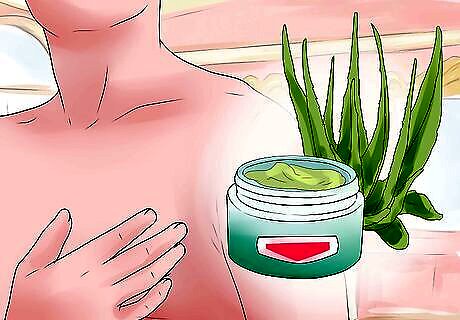
Try aloe vera. Aloe vera is a very soothing substance, which can help to ease redness and fade discoloration. It is also very moisturizing on the skin, which aids skin rejuvenation. To use aloe vera, break a leave off of an aloe vera plant and rub the gel-like sap over the skin. Aloe vera is very gentle so it's not necessary to rinse it off, however you may prefer to remove it if it makes your skin feel sticky.
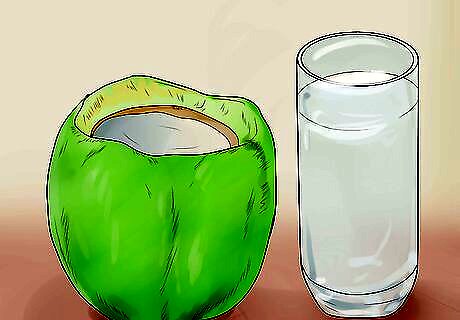
Try coconut water. Some people claim that coconut water is an effective skin lightener and it also makes skin supple and smooth. To use, simply dip a cotton ball in the liquid and use it to rub the coconut water all over the skin you wish to lighten. Coconut water is very natural and gentle, so there's no need to rinse it off. You can also drink coconut water to boost your hydration levels and increase your intake of several essential minerals.
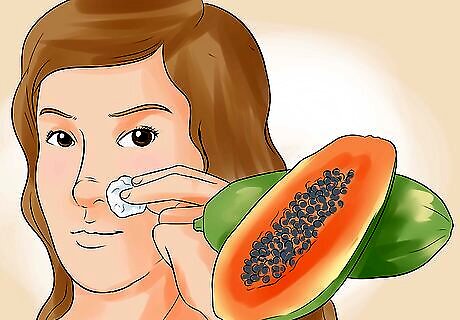
Try papaya. According to some dermatologists, papaya can be used to tighten, brighten, and otherwise improve tired-looking skin. Rich in Vitamins, A, E, and C, papaya is also packed with alpha-hydroxy acids (AHA), a common ingredient in anti-aging skin formulas. While eating papaya can have many overall health benefits, if you want to use a papaya for skincare, try this: Cut a ripe papaya into half, then remove the seeds and skin. Add half a cup of water. Blend the papaya until it is a purée. Place the purée in a small container. Keep refrigerated. Apply it to your skin three times a week for best results.
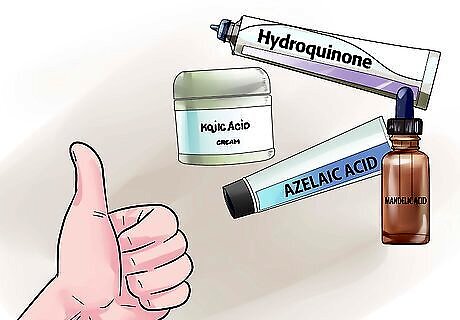
Consider using hydroquinone. Hydroquinone is a highly effective skin bleaching cream which can be used to lighten large areas of skin, or to bleach sun spots and moles. Although hydroquinone is FDA-approved as a skin lightener in the US, it has been banned in large parts of Europe and Asia due to research that claimed the ingredient was a potential carcinogen. It may also cause permanent skin discoloration, so use this product with caution. Discuss treatment with your doctor or dermatologist first. Concentrations up to 2% are available OTC, while stronger concentrations (up to 4%) require a prescription.


















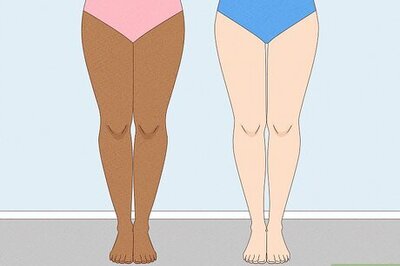
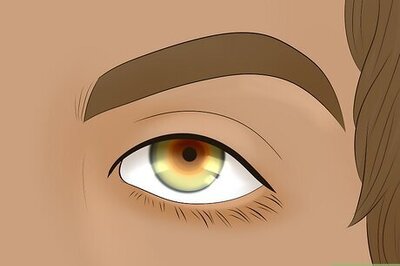
Comments
0 comment